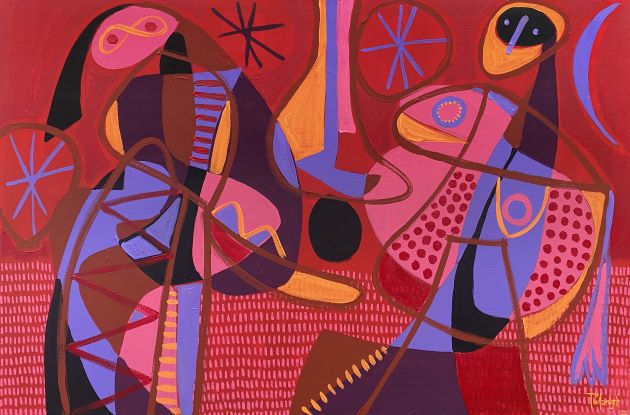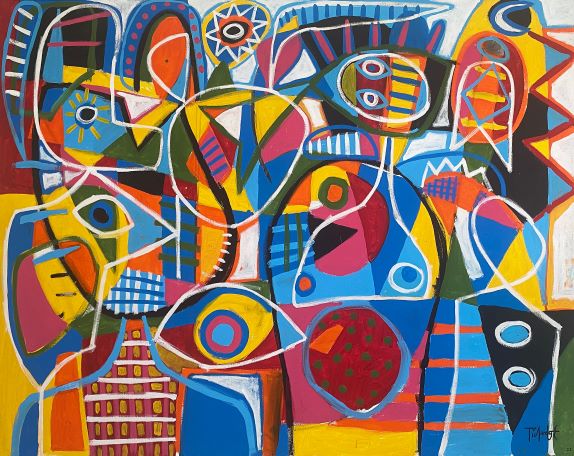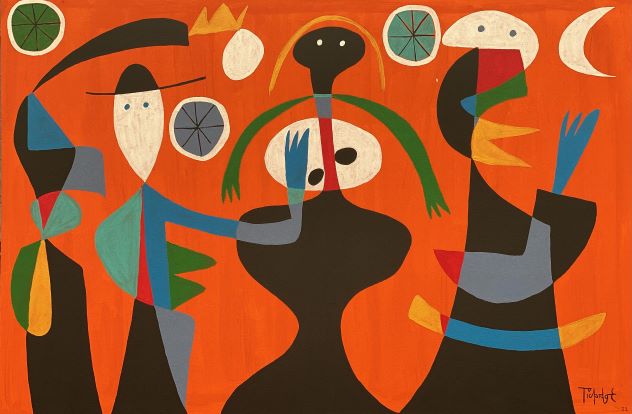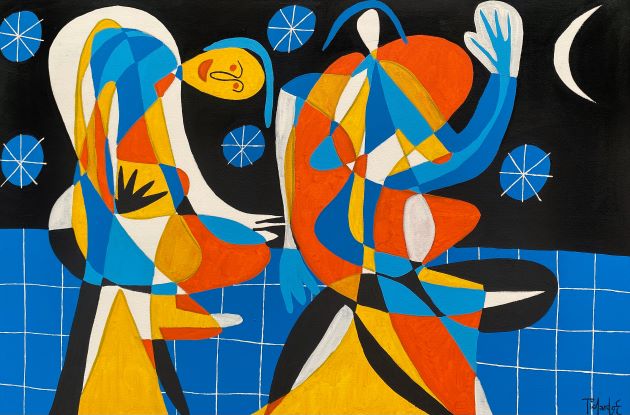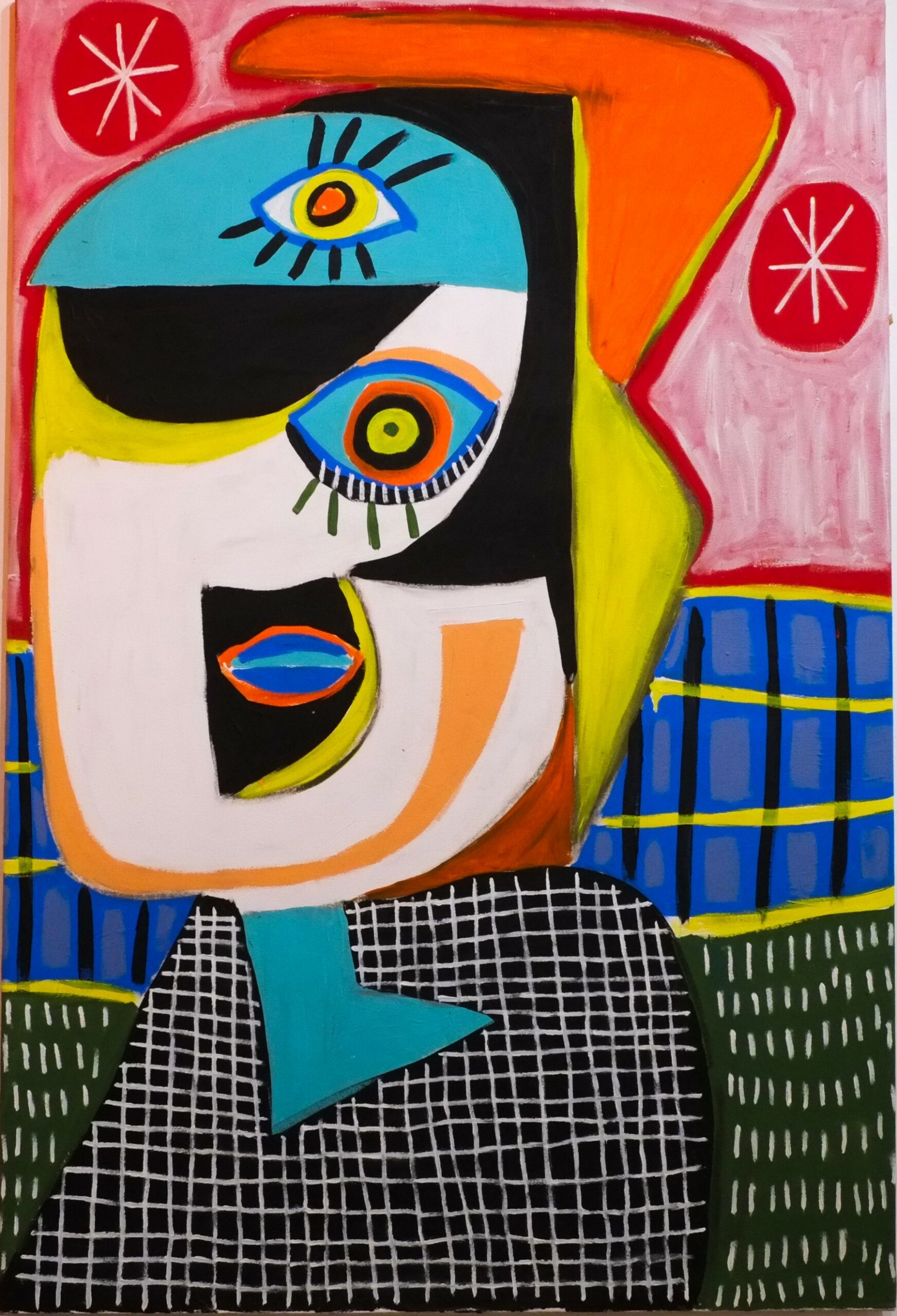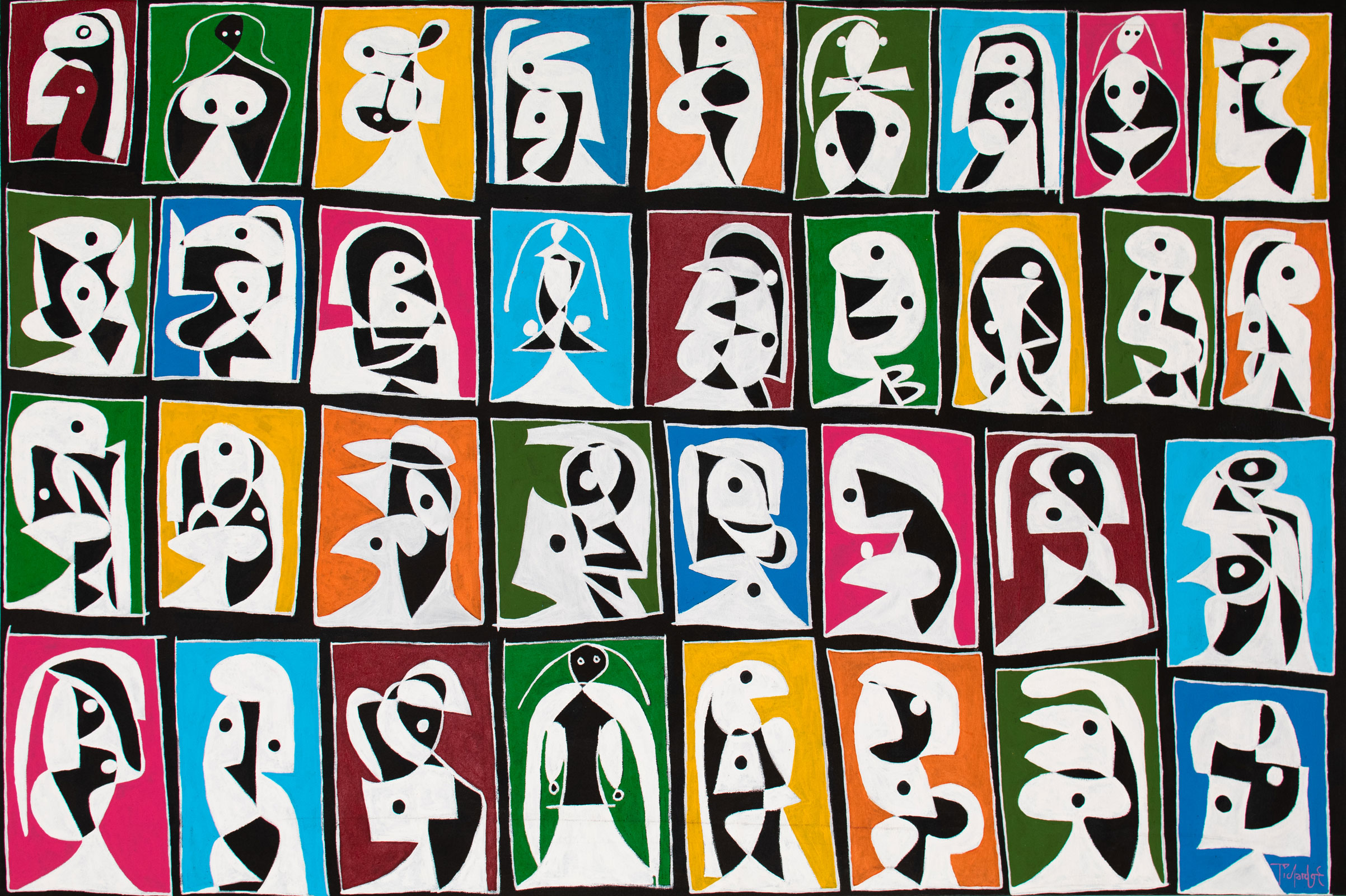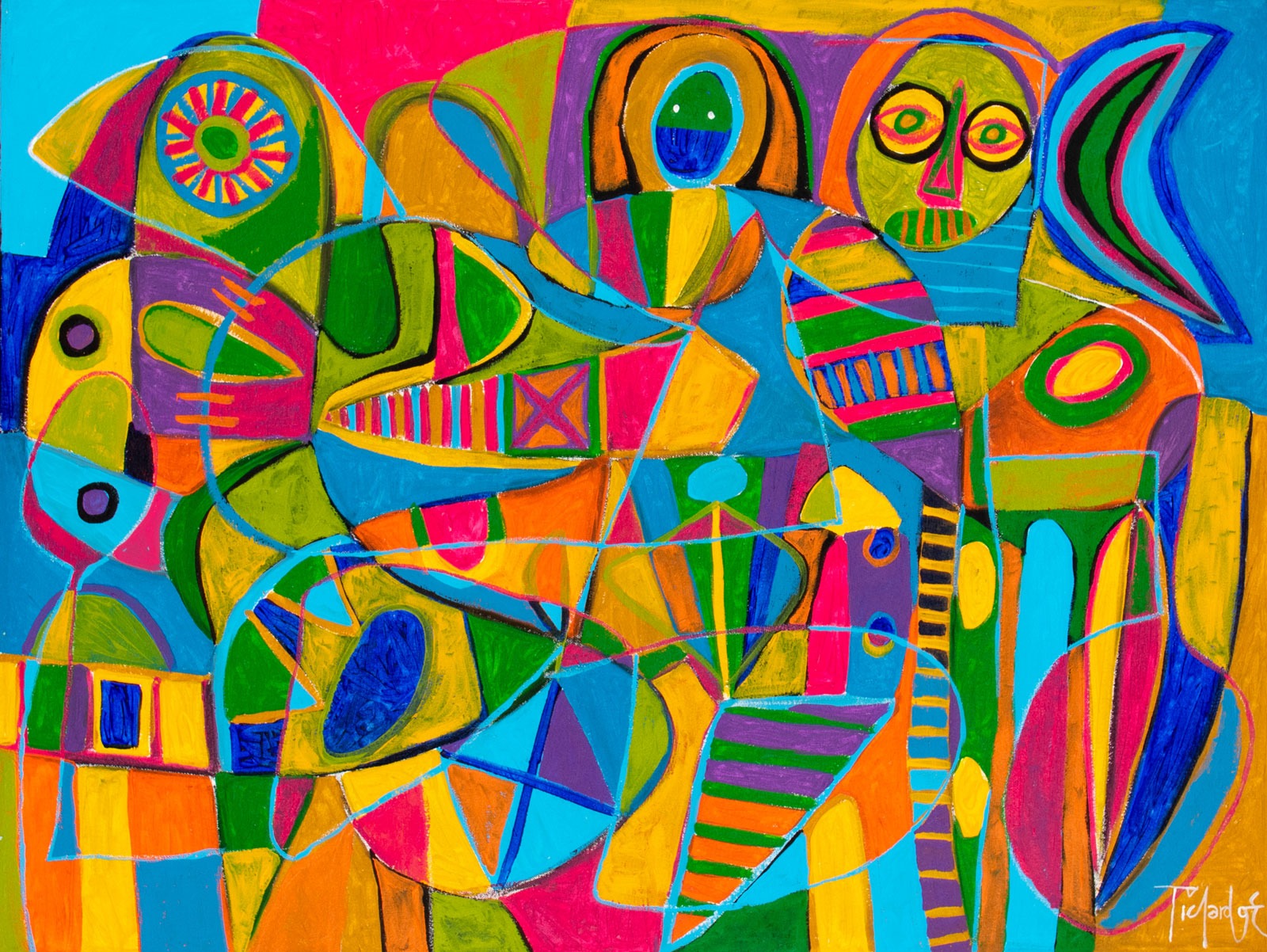Enrique Pichardo Egea was born in Mexico City on April 17, 1973, where he currently lives and works. From a very young age he showed great interest in the plastic arts, creating his own puppets and hobbies. In 1995 he decides to focus on his true passion. Painting. In the same year he enters the National School of Painting, Sculpture and Engraving (ENPEG) “La Esmeralda” where Diego Rivera and Frida Kahlo have already studied. There, however, he did not allow himself to be constrained by what he perceived as strict rules and bureaucracy. He sought and found inspiration in painters who impressed him, as he recounts, “great classics in museums as well as unknown street-artists.”
In 1998 he founded his own company called “La Casa del Alebrije” dedicated mainly to the creation and elaboration of alebrijes made of papier-mâché. His works have been exhibited in the most important museums in Mexico City such as: Museo de Arte Popular (MAP) Bellas Artes, Frida Kahlo, Dolores Olmedo, José Luis Cuevas, Culturas Populares, San Carlos. In addition to having exports to the United States, Europe and South America.
Pichardo paints rapidly and elegantly. With soft sweeps, as well as hard lines and creates smooth, magnificently iridescent color spaces. He paints with his whole personality, with body, mind and soul and thus authentically presents what he wants to communicate. Faces and figures he paints with almost childlike impartiality archaic. Creatures from the depths of human existence. Archetypes. Like a primordial painter, he shows us the originality of visual art, lets us feel through contemplation what occupies, drives, stimulates, delights and frightens people, what can only be conveyed pictorially, not linguistically. But in the end, cheerfulness and joy prevail in his works. That is what he wants to give the viewers: Hope and courage. We see pulsating life, vibrating spirituality. Pichardo’s works, with their simple, reduced, childlike-looking stylistic devices, remind us of cave paintings that address the essence of existence, especially the unconscious. With a light hand, as an educated artist, he makes connections to Klee, Picasso, Miró, Dubuffet, Baziotes, Basquiat, Chagall, Modigliani, Calder, Lam, Tamayo, Kandinsky, Karel Appel, Dubbufet. He is also inspired by abstract expressionists especially, de Kooning, Gorky and Rothko and by – as he says – “African and Australian aboriginal arts, advertisements, street art that we find on the city walls”.
He dances, as Adriana Cantoral describes it, “between shamans and pre-hispanic creatures. Perhaps they are figures from the vast Mesoamerica where the first cultures of the continent developed. They could be tribal personalities from the collective unconscious. Even more, dreamlike people in surreal places and places. In any case, one can perceive this indescribable complicity between artist and work and a charismatic and captivating personality in his creations that conquers every surface that hosts it. Totems, gods, humans, animals, plants, dreams and others are presented to us as Illusion; an accumulation of ancestral beings adopted from the contemporary Oaxacan school. There is no doubt that his work is a great example of Mexican playful abstract expressionism.”


